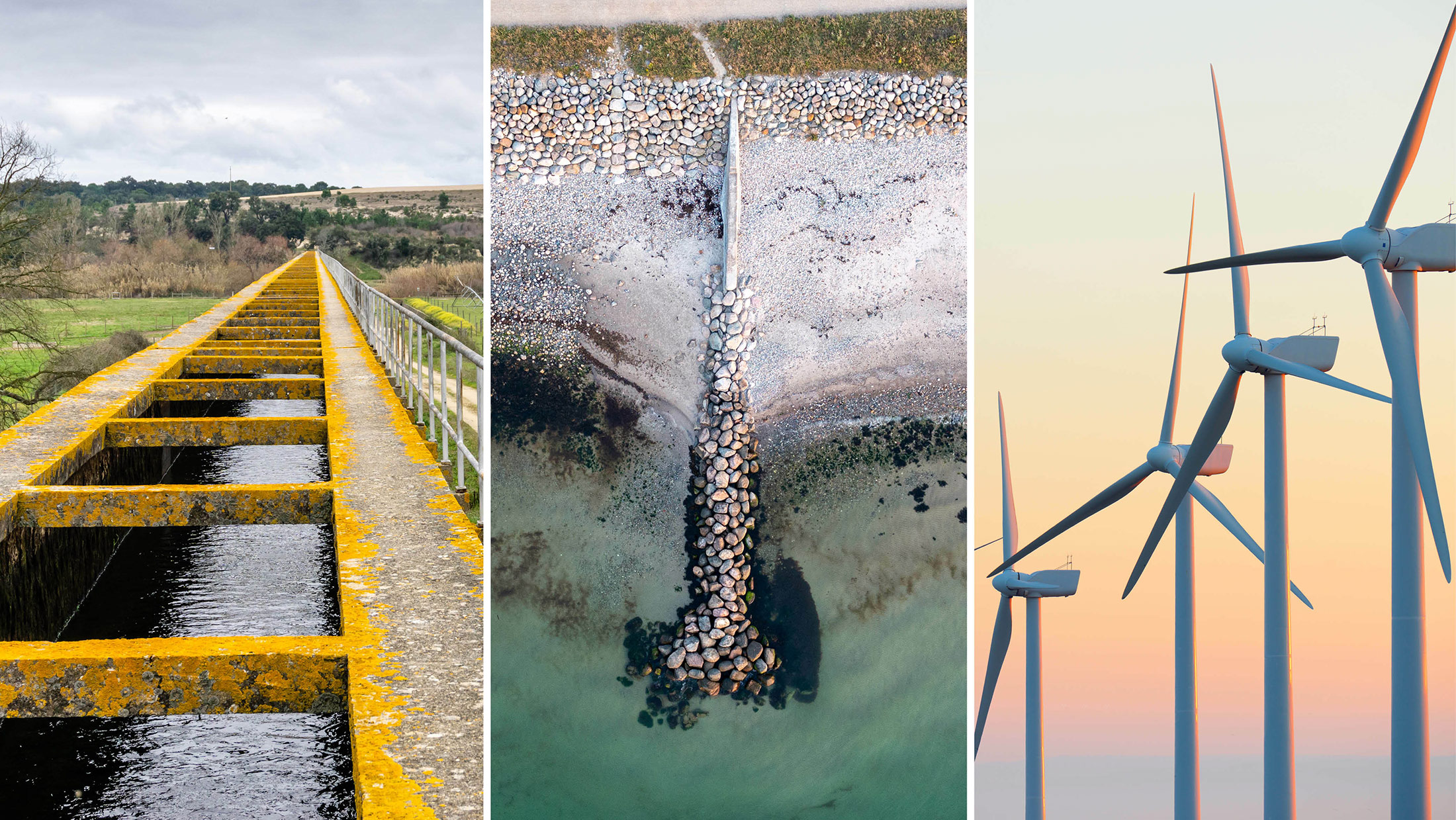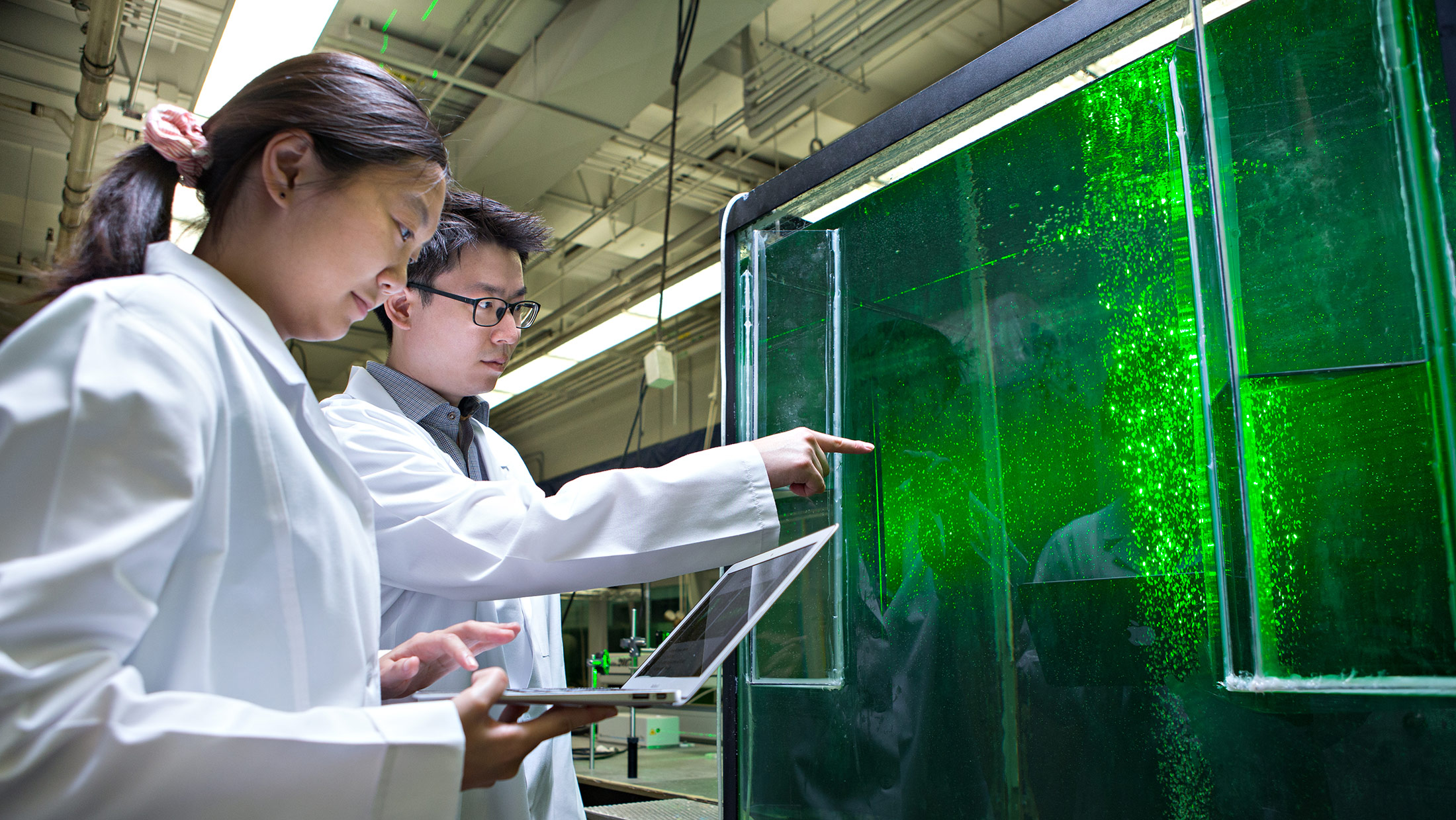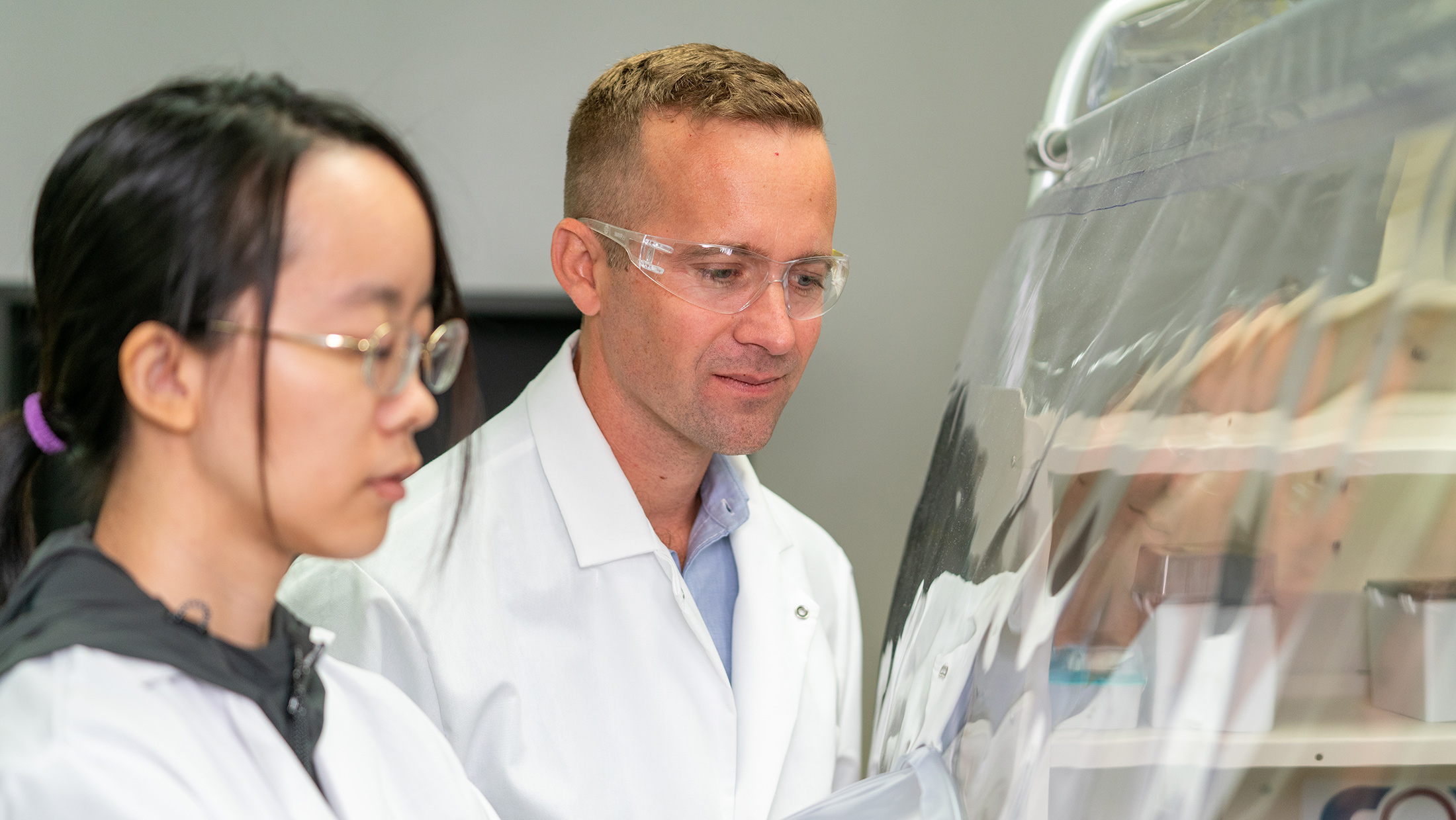
Environmental engineers apply principles of physics, chemistry, biology, mathematics and engineering to solve problems related to sustainability and public and environmental health. Born as a branch of civil engineering, environmental engineering has emerged as a distinct discipline within the past several decades, driven by the increased attention to problems like the linkages between environmental contamination and human health. According to the U.S. Bureau of Labor Statistics, the environmental engineering profession is projected to grow 7% from 2023-33, which is faster than the average (4%) for all occupations.
The Zachry Department of Civil and Environmental Engineering at Texas A&M University began enrolling undergraduate students in its environmental engineering program in 2019. Since then, enrollment has increased nearly sevenfold with over 70 degrees conferred. Graduates have gone on to work at nationally renowned companies while others have pursued master’s and doctoral degrees. Notably, recent graduate Abigail Chapman earned a prestigious National Science Foundation (NSF) graduate fellowship to pursue her master’s degree.
Civil engineers design and build the infrastructure for modern society, and environmental engineers apply similar skills to find the best ways for a society to function in its environment. Environmental engineers may specialize in specific areas, but the foundations are laid during their first four years of college.
While some courses are common across all engineering majors, others are specific to civil and environmental engineering majors. Environmental engineering students narrow that focus further with a more tailored curriculum. Students begin their first year as general engineering students before being admitted to a specific engineering major.
“What they can expect is rigorous, comprehensive and detailed knowledge on environmental topics,” said Dr. Shankar Chellam, professor of environmental engineering in the department. “Environmental students also have specialized laboratory courses, like water quality analysis.”
Research Focus
Undergraduate students complete a capstone research project in their senior year. Chellam noted that he and many other environmental engineering professors welcome undergraduate students as research assistants, allowing them to participate in funded research beyond their capstone or regular classes.

“I like the variety because different students bring different personalities and skill sets to my lab, and the dynamic is quite interesting to me,” Chellam said.
Senior environmental engineering major Josue Benamu is one example of undergraduate research involvement. He is working with Dr. Garrett McKay, an assistant professor of environmental engineering, on an NSF-funded project focused on the impact of wildfires on water quality.
“We are studying a substance called pyrogenic organic matter, which comes after wildfires, and how this pyrogenic material is different than organic material present in non-wildfire impacted water bodies,” said Benamu.
“Past studies have shown that wildfires can have significant impacts on water quality and the ability to treat drinking water,” said McKay. “Most research on wildfire impacts has been done in mountainous regions or forested watersheds, which are very different from our Texas landscapes. We don’t know to what extent the changes are the same.”
Future Prospects
Like most engineering specialties, environmental engineering offers many opportunities after graduation. Aside from the many firms that hire environmental engineers, city planning and water resources are other areas that attract professionals in this field.
“When I graduated A&M in the early 1990’s, general civil engineering degrees were the norm for my chosen career field in the municipal water/wastewater industry,” explained David Jackson, P.E., '90, Water & Wastewater Treatment Practice Leader of Freese and Nichols, Inc. and a civil and environmental engineering advisory council member for the department. “As the industry evolved, the need for more specialized undergraduate expertise became apparent.”
“We have to plan for water supply projects and wastewater treatment facilities to meet the needs of the explosive growth we are seeing in Texas along with the extreme weather challenges and changing regulatory requirements,” said Andrea L.H. Beymer, P.E., ’96, Executive Vice President/Chief Operating Officer of San Antonio Water Systems and advisory council member for the department. “We need more engineers in our industry, and we need programs like we have at Texas A&M to educate and train the engineers of the future to face this on-going challenge!”

Vanessa Rebentisch, a recent environmental engineering graduate is preparing for the Professional Engineer environmental exam in Colorado this year and credits the program and her professors for preparing her for this career milestone.
“It was a fantastic program, and I have felt really prepared for the job I am in,” said Rebentisch. “I do environmental remediation now, so it’s a bit different than some of the coursework, but the classes on remediation and the lab classes helped me a lot.”
“Throughout the all the coursework, I felt with Dr. Mara London that my opinion was really taken into account, which was really cool, and Dr. McKay was a fantastic professor,” said Rebentisch. “His environmental chemistry class has been helpful and has really stuck with me throughout my remediation job, especially when looking at contaminants in groundwater.”
“The efforts of Texas A&M University and the Zachry Department of Civil and Environmental Engineering to develop an undergraduate program specific to environmental engineering equips our graduates with a deep understanding of environmental systems, natural science, and engineering principles that are critical to public health and the environment,” Jackson concluded. “This specialized training allows them to address the unique challenges of modern environmental engineering, making them valuable contributors to our industry and our communities.”
New graduate students are also in high demand in academia, and their bachelor’s discipline does not necessarily limit where they can pursue a graduate degree.
“I’ve hired students who got their degrees in electrical engineering and a couple of other Ph.D. students from chemical engineering, so I take students from different backgrounds,” said Chellam.
The undergraduate environmental engineering program is versatile enough to prepare students for graduate degrees in many other majors like chemical engineering, biological and agriculture engineering or ocean engineering.